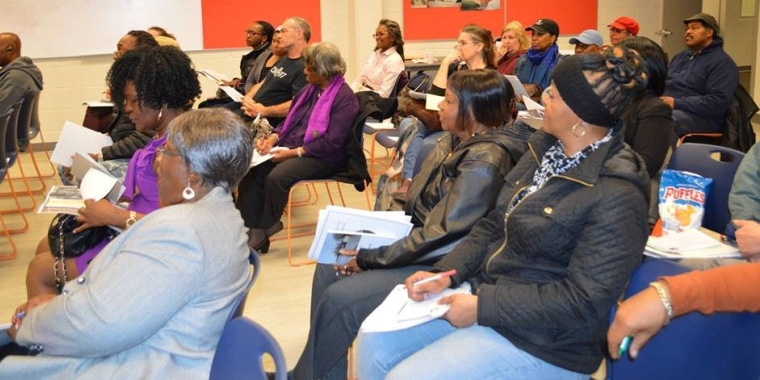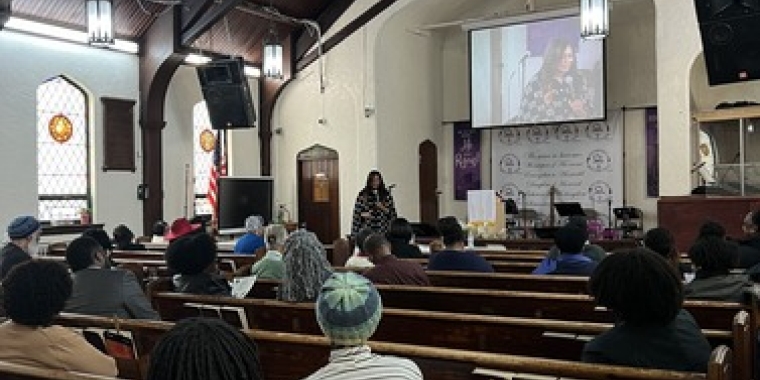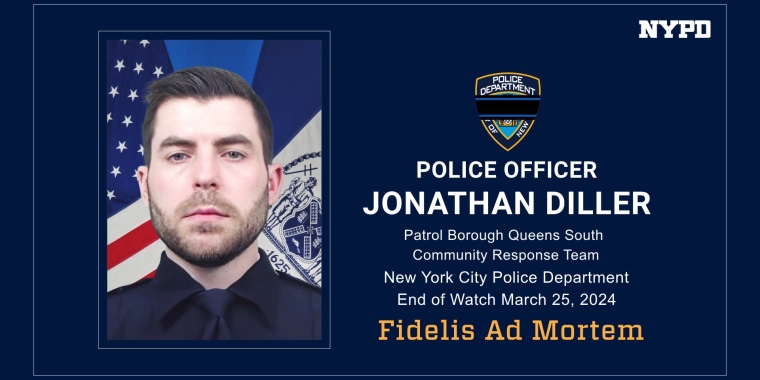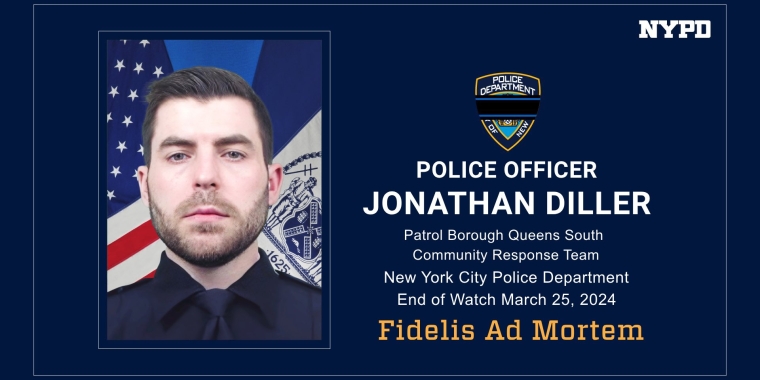
Rockaway Residents Get Flood Insurance Help at Training Program Hosted By Sanders
April 7, 2016

State Senator James Sanders Jr. (D-Rochdale Village) hosted a flood insurance training program for Rockaway residents last night at Peninsula Library where experts presented information on rising flood insurance costs and how to reduce them, flood mitigation methods, the importance of obtaining a Home Elevation Certificate, structural and non-structural steps to prepare for a flood, and more. There were breakout sessions where attendees were able to obtain one-on-one help with their specific issues and concerns.
“This community was heavily impacted by Hurricane Sandy, leaving many homes destroyed or uninhabitable due to mold and other flooding conditions,” Sanders said. “This was devastating for affected residents, particularly low-income seniors and families with children, who are still struggling to rebuild. Now we are faced with increasing flood insurance rates, and tough choices regarding what steps we should take to protect ourselves from future storms and other weather conditions. This training program tonight is designed to address some of those questions.”
Daniel T. Falt, Project Manager with the U.S. Army Corps of Engineers provided an update on the Rockaway / Jamaica Bay reformulation study stating that the USACE has tentatively selected a plan that it believes will ease flooding across the region. It basically consists of constructing a rock reinforced sea wall that would be covered in sand. The wall would run along the beach area in Far Rockaway, tie into higher ground and continue down the peninsula, possibly turning near the Gil Hodges Bridge or farther out. The plan also includes the installation of hurricane gates, levies and dunes. The draft feasibility study is to be released in June and a public comment period will follow. Construction is expected to begin in late 2018 and take about 10 years to complete.
In the meantime, there are ways residents can reduce their flood insurance costs, aside from elevating their home, and Tom Little, a certified flood plain manager with Risk Reduction Group, was on hand to explain those options. His recommendations included installing flood vents, moving one’s boiler and water heater out of the basement and above the flood zone or filling in a basement or crawl space area with gravel or a vapor barrier.
Little also explained the benefits of having a home elevation certificate, which can be obtained from a licensed surveyor. Although they are expensive, costing between $800 and $1,000, the certificate helps improve the accuracy of one’s flood insurance rate, by illustrating a home owner’s true flood risk. Little also noted that a common error people make on their flood insurance policy is incorrectly listing whether the home they are insuring is a primary or secondary residence and that can mean the difference between paying an additional $25 in the case of the former or $250 in the case of the latter.
Margaret Becker, Director of Disaster Recovery and Community Development with Legal Services NYC, spoke about the reasons why flood insurance premiums are rising. The main causes are that subsidies are being phased out, leading to a 15 to 25 percent increase in rates per year, and high risk flood zones are expanding. Other factors that can affect a premium are the elevation of a building’s bottom floor above sea level and FEMA’s Base Flood Elevation (BFE) requirements for the area.
Eustace Greaves of the Greaves Insurance Agency addressed how flood insurance premiums can be reduced if one can prove that their home was built in compliance, meaning that it met the mitigation requirements of state or local floodplain management ordinances or laws at the time. Such evidence can be obtained by acquiring a letter from the NYC Floodplain Manager, however, if a home is located within a high risk flood zone some insurance companies may also require a Flood Elevation Certificate before they will reduce the rate.
Share this Article or Press Release
Newsroom
Go to Newsroom


